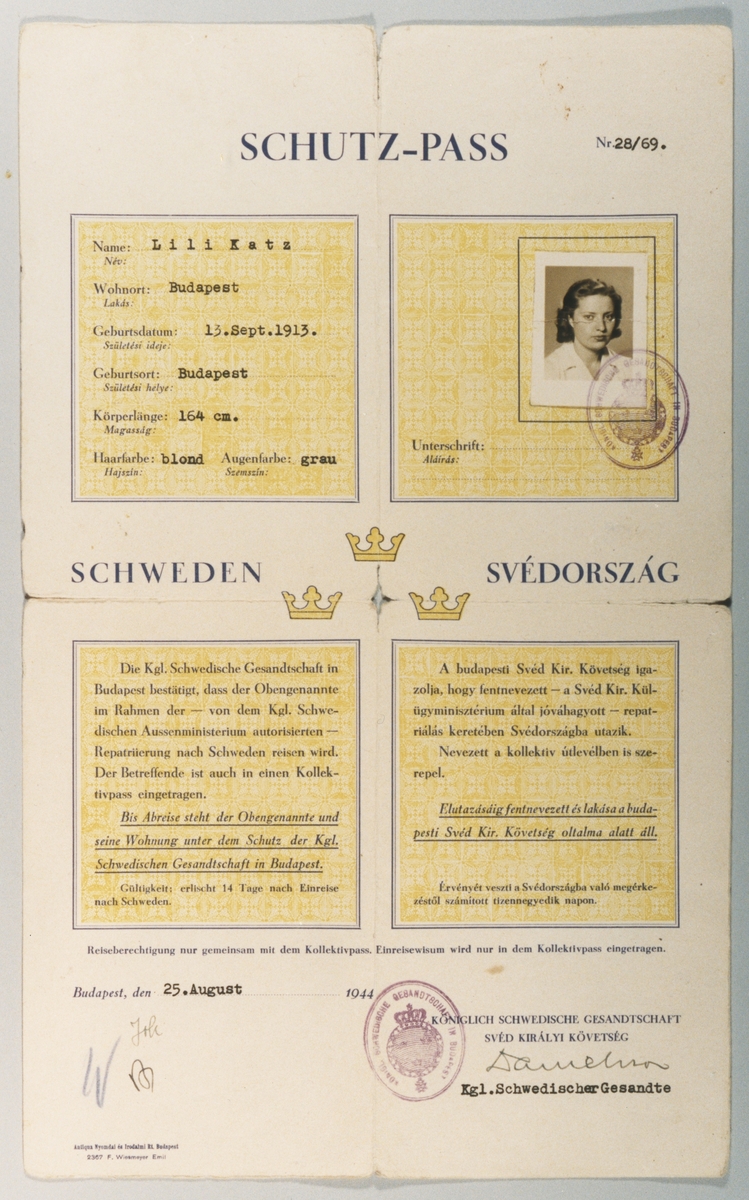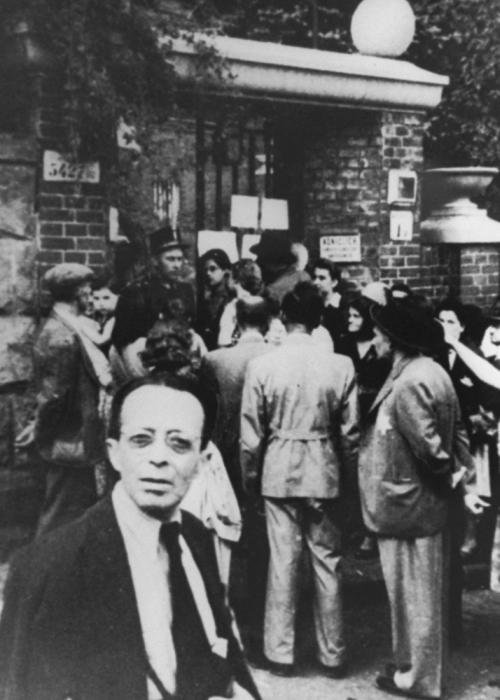Abstract
Raoul Wallenberg (1912–1947, exact date of death unknown) was a
Swedish diplomat. After 1943, it became clear with each successive
defeat and setback on the Eastern Front that Germany was not going to
win the Second World War. Hungary, a willing ally, grew tired of the
unequal partnership that had developed with Hitler’s regime over the
course of the war. When the Nazi regime sensed Hungary’s wavering
support, a coup was staged in March 1944, a more supportive government
was established, and Hungary’s fascist party, the Arrow Cross, was
legalized. Over the summer at least 440,000 Hungarian Jews were deported
and murdered, most at Auschwitz-Birkenau. Adolf Eichmann played a
leading role coordinating the round-up and expulsions, though Hungarian
officials carried out the deportations. Sweden, a declared neutral
state, saw an opportunity to intervene on behalf of Budapest’s Jews and
sent Wallenberg to the Hungarian capital. In partnership with the War
Refugee Board and the Red Cross, Wallenberg arrived in July 1944 and
arranged for the creation and distribution of “protective passports”
[Schutzpässe] to a number of Budapest’s Jews. These passports, such as
the one here belonging to Lili Katz, placed their holders under the
protection of the Swedish state. The Swiss and Papal envoys issued
similar documents. In general, Nazi and Hungarian authorities respected
these passports even when they were convinced of the holder’s status as
a Hungarian Jew. Thousands of Jews lined up, as shown in the second
image, to receive this documentation. With these passports, a Jew and
his or her family could find safe haven from Hungarian fascists and Nazi
authorities in one of the thirty safe houses established by the Swedish
envoy. Over twenty thousand of Budapest’s Jews were saved in this
manner.

